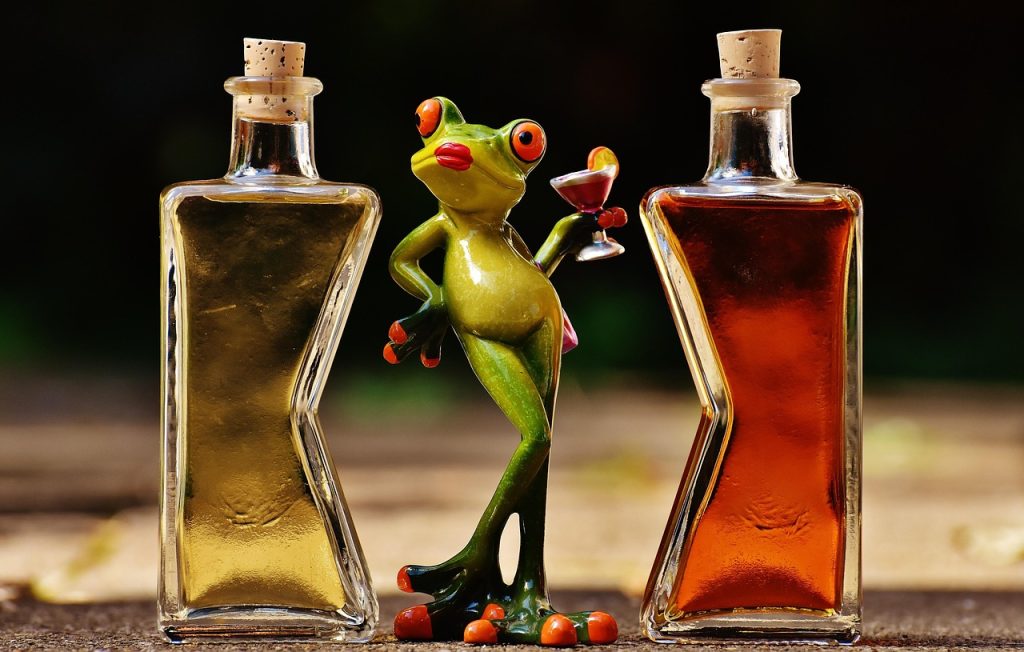The trend of “tinnification” is shaking up the beverage industry, as consumers shift away from expensive bottles in favor of the convenience and eco-friendliness of canned beverages. This movement is driven by a growing health consciousness and a preference for compact, recyclable options. Cans, long associated with beer, are now embracing a broader spectrum, encapsulating everything from classic cocktails to sophisticated wines. This evolution reflects a broader shift in drinking habits and product innovation.
Historically, the canned drink concept dates back to 1935, when Krueger’s Finest Beer debuted in Virginia. Despite initial hesitations, dedicated research led to advancements that prevented reactions between tin and liquid, paving the way for today’s widespread acceptance. The versatility of aluminum is now being leveraged across the drinks industry, allowing for an expanded range of beverages to be preserved and enjoyed with ease as reported by The Guardian. This is no longer a novelty, but a mainstream choice.
With canned cocktails and wines gaining traction, the trend showcases a blend of tradition and innovation. Previously, only select wines like Provençal rosé and New Zealand sauvignon blanc were deemed suitable for cans. Now, a diverse array of wines, including orange wines and English sparklings, are being embraced in this format. This not only democratizes wine consumption but also aligns with modern lifestyles, where portability and sustainability are paramount.
This sets the stage for what’s next in the beverage world: the potential for cans to redefine premium drinking experiences through accessibility and innovation. As producers continue to experiment, the question arises: how will traditional perceptions of quality and luxury adapt to this tinned revolution? The answer could reshape the industry, leaving us to ponder—what will be the next unexpected drink to get the aluminum treatment?


